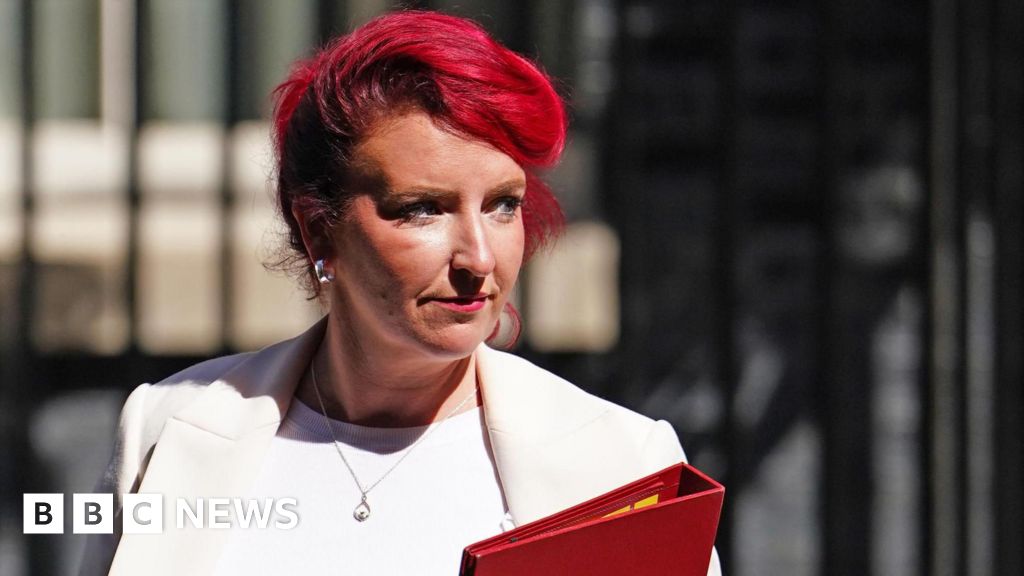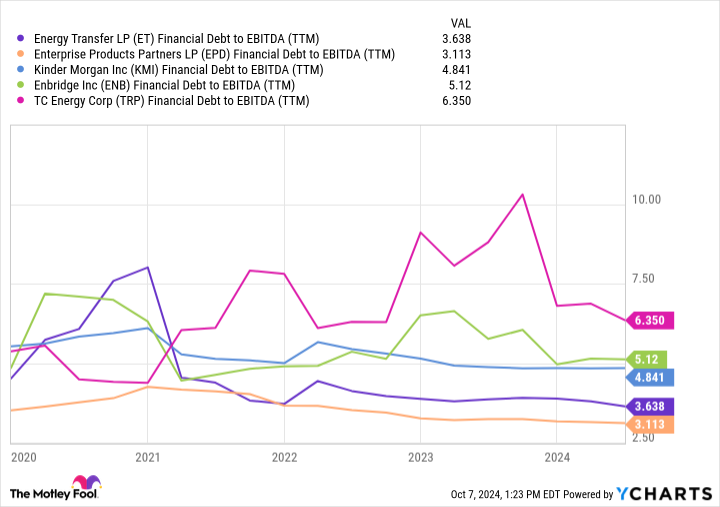Revived investor enthusiasm for bonds and growing confidence in a “soft landing” for the US economy is buoying some of the world’s biggest financial groups and sparking record inflows into fixed-income exchange traded funds.
BlackRock and JPMorgan Chase said on Friday that they had each pulled in unprecedented amounts of new assets to manage in the third quarter as they reported better than expected quarterly profits.
Bond giant Pimco said its assets under management had reached $2tn for the first time since the 2022 full-scale Russian invasion of Ukraine sent bond and equity markets tumbling.
“I’ve been investing in fixed income for more than 30 years, and the current environment is one of the most attractive I’ve seen in public markets for an active manager,” said Dan Ivascyn, Pimco’s chief investment officer.
Across the industry, the prospect of falling central bank interest rates and benign economic conditions gave investors increased confidence that bonds would hold their value and provide competitive returns. That led to an inflow of $123bn into US bond funds, including $93bn into ETFs, in the quarter to September 30, according to data from Morningstar Direct.
“The long-awaited great rotation, where investors move off the sidelines and start to ‘re-risk’ by investing in equity and fixed-income products, is beginning to materialise” said Kyle Sanders, analyst at Edward Jones.
While equity markets rebounded rapidly in 2023, many investors opted for cash savings rather than bonds while central banks, including the US Federal Reserve, were raising rates rapidly in a bid to tame inflation. But the central banks are now changing course amid fears about growth.
Executives at JPMorgan and Wells Fargo said on Friday that consumers were slowing their discretionary spending but there were no signs of major economic distress. That raised hopes that the Fed, which cut rates by 50 basis points last month, has been able to tackle inflation without triggering a recession, in a so-called soft landing.
That environment was helping to lure investors back into the market and give them more confidence in bonds as a source of steady returns and a hedge against an equity pullback, analysts said. Bond fund returns also look more competitive as banks begin to cut the rates they pay on deposits.
“As the Fed gets going — and cuts further — you are likely to see a bigger shift into bonds. Two main drivers of our inflows this year have been expectations around Fed easing and . . . [investors] who want high quality bonds that provide diversity in periods of stress,” said Kirstie Spence, a fixed-income portfolio manager at Capital Group.

More than half of the fixed-income ETF inflows, or $55bn, went to BlackRock and Vanguard. Their passive funds have led the sector’s rapid growth for years. But active managers such as Capital Group, JPMorgan, and Janus Henderson also benefited: each enjoyed net quarterly flows of at least $2bn in to their active bond ETFs.
“If there’s one headline story when I think about bond flows, it’s a much more democratic environment,” said Ryan Jackson, a manager research analyst at Morningstar.
For BNY, which suffered overall outflows from its asset management arm, fixed income was a lone bright spot for net inflows. “We are positioned for more flows,” said chief financial officer Dermot McDonogh on Friday.
Beneficiaries of the return to fixed income included a wider range of strategies beyond just core bond funds. The top active bond ETF in inflows this year has been Janus Henderson’s AAA-rated fund made up of collateralised loan obligations. It has ridden $7.2bn in flows this year to hit $13bn in net assets — more than three times its size a year ago — as it has outperformed virtually all of its ultrashort bond peers over the past three years.
“If anything, I think some of the trades we’re seeing are bigger and chunkier,” said John Kerschner, Janus Henderson’s head of US securitised products. “A couple of years ago, people had to be convinced that [investing in fixed income] was going to be better than cash.”
Money managers said they expected the inflows to continue, especially if central bank policy rates settled above the zero level that prevailed before the recent burst of inflation.
“A more normalised, relatively high-rate environment has the potential to encourage investors back even more into fixed income,” BlackRock chief executive Larry Fink said. “There is no question that money is in motion.”
Craig Siegenthaler, an analyst at Bank of America, said he expected active bond flows to get “a lot stronger” in 2025 as short-term interest rates fell below those for longer-duration bonds. “It’s really encouraging investors to start going out on the [yield] curve.”
Additional reporting by Joshua Franklin and Stephen Gandel in New York









































































































































You must be logged in to post a comment Login